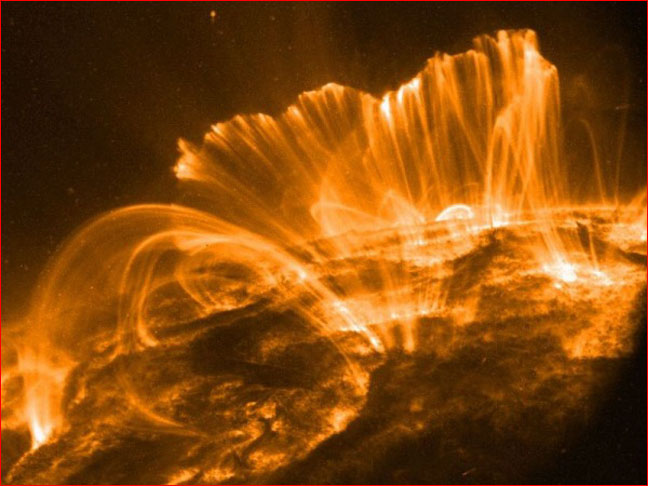What we see as light and feel as warmth is the result of a fusion reaction in the core or our Sun: hydrogen nuclei collide, fuse into heavier helium atoms and release tremendous amounts of energy in the process.
Atoms never rest: the hotter they are, the faster they move. In the Sun’s core, where temperatures reach 15,000,000° C, hydrogen atoms are in a constant state of agitation. As they collide at very great speeds, the natural electrostatic repulsion that exists between the positive charges of their nuclei is overcome and the atoms fuse. The fusion of light hydrogen atoms produces a heavier element, helium.
Today on Earth the ITER- 35-countries organisation aims for the same goal to create a source of unlimited energy for the humanity. It shows great promise.
In June 2005 the Iter headquarter was created in southern France, along with it’s Tokamak. Tokamak is one of the first world experimental fusion reactors. Inside of it plasma it can reach temperatures of 15,000,000° C, so as you already know the temperature of the Sun’s core. And of course keep that temperature for an immense amount of time.
There are already a few great achievements on that field. Chinese scientists in a fusion reactor of their own created ionized gas of temperature 90 millions and sustained it for 102 seconds. Since this group of extra-ordinary engineers is part of ITER project, we can expect that the main facility in France once it’s fully operational will pass that achievement and let the world enter into a new era.
– by Blaise L. –
source: https://www.iter.org/

